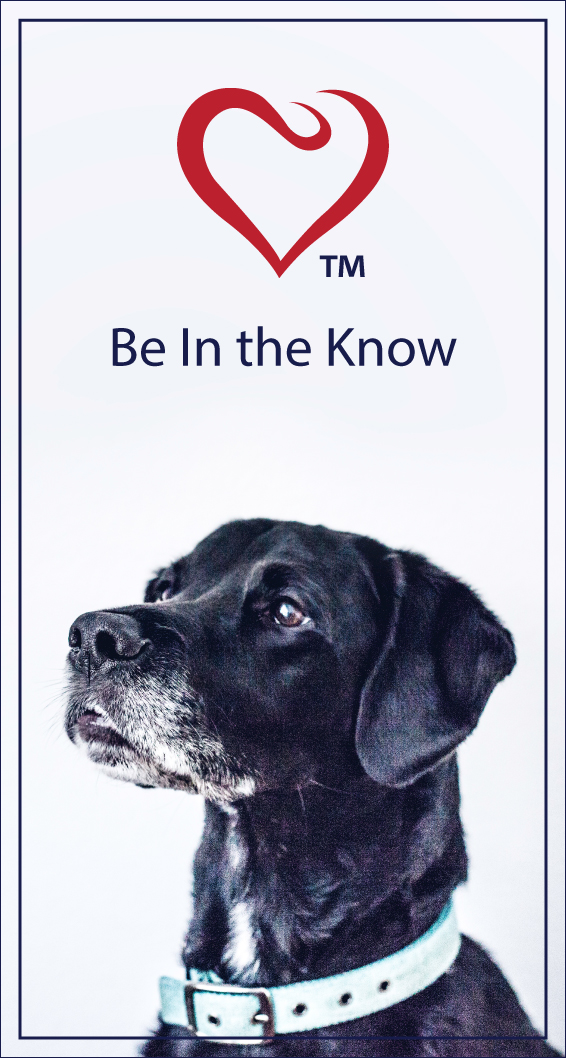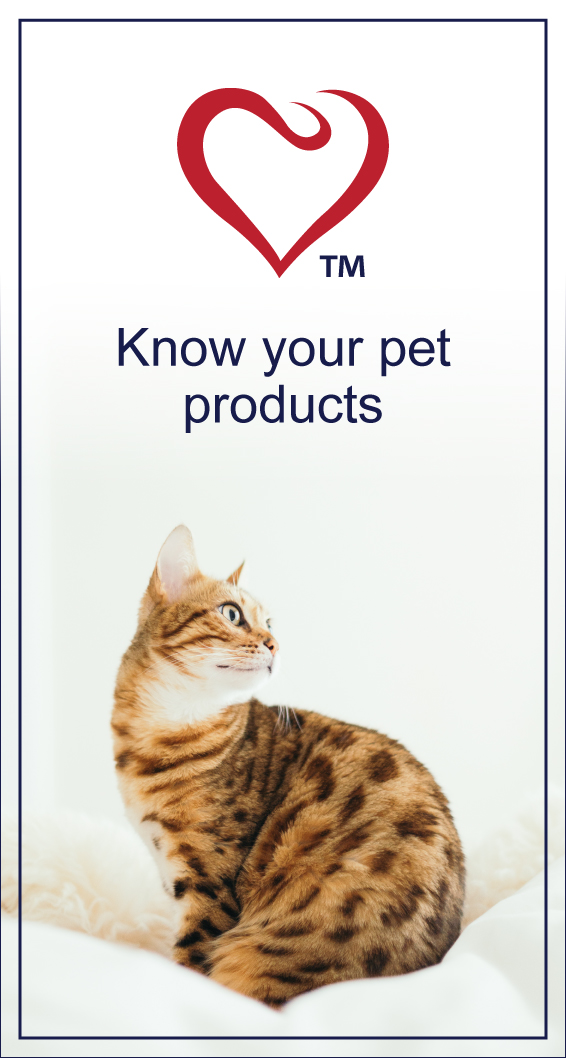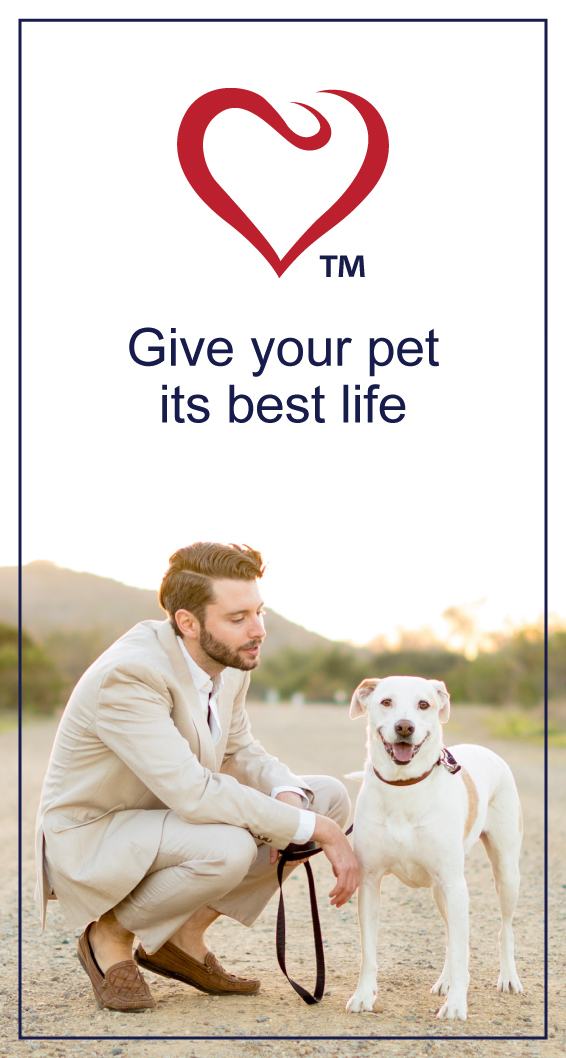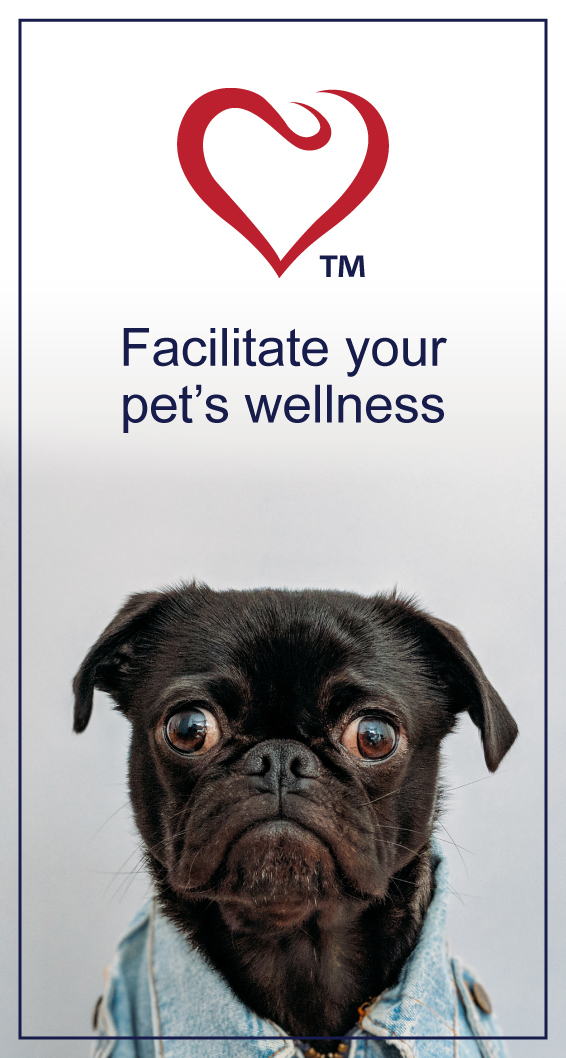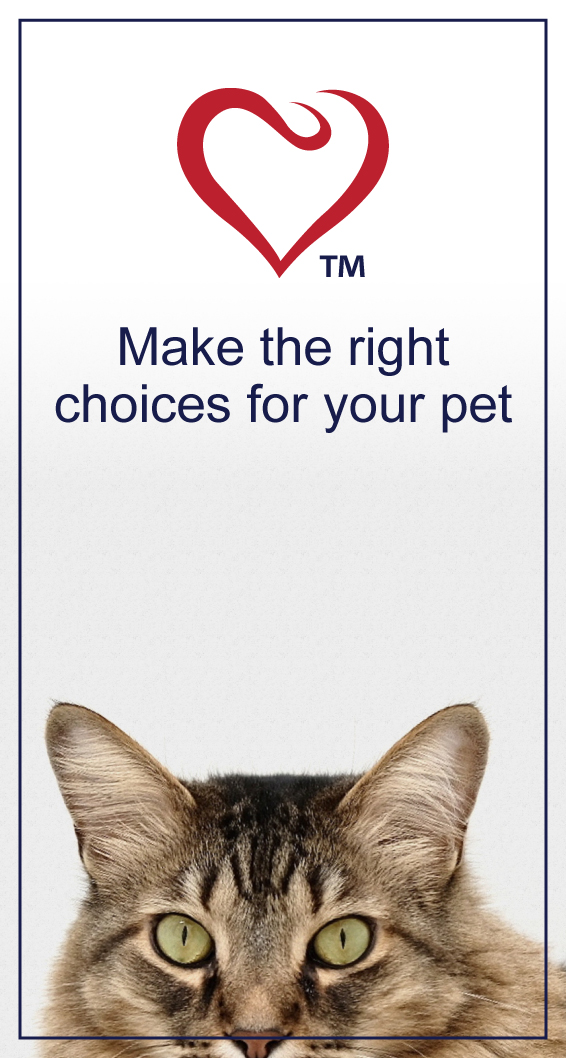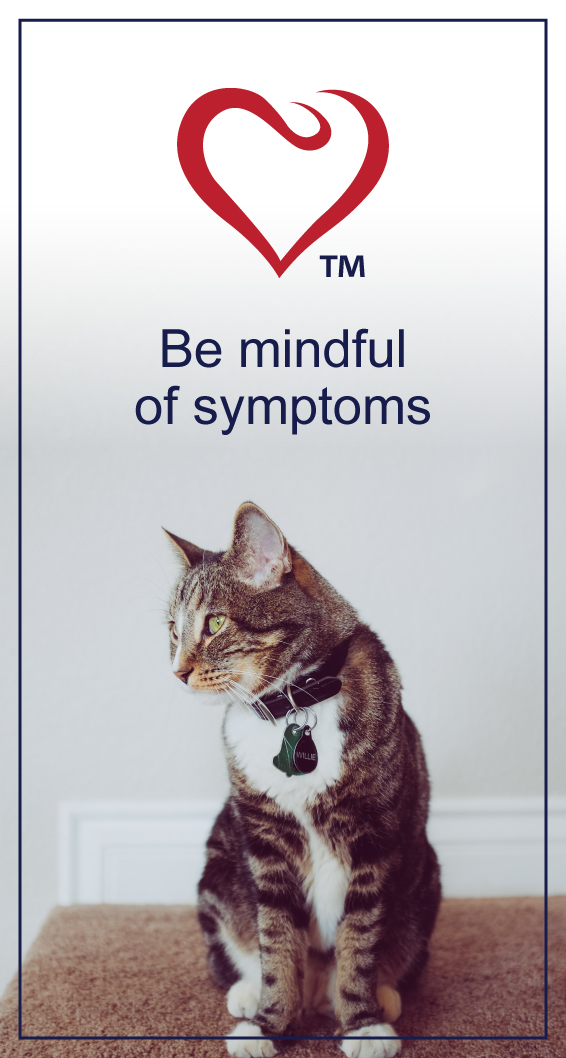HEALTH & WELLNESS

TRENDING
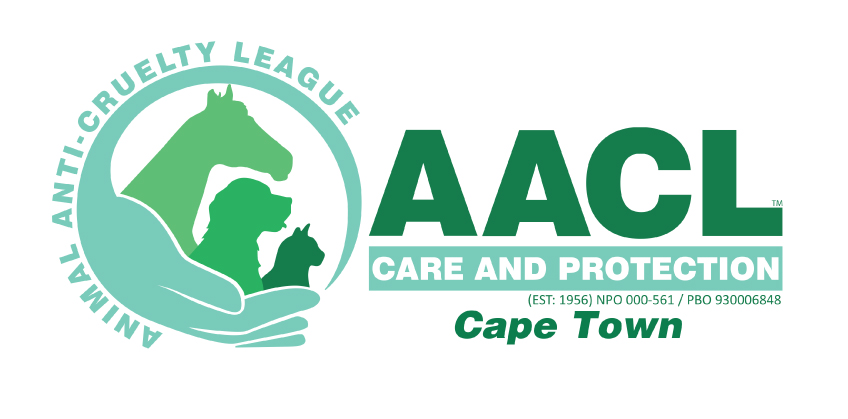
We’re excited and honoured to feature South Africa’s second largest independent animal welfare organisation on PetlifeSA.
Types of Rare Cancers In Cats
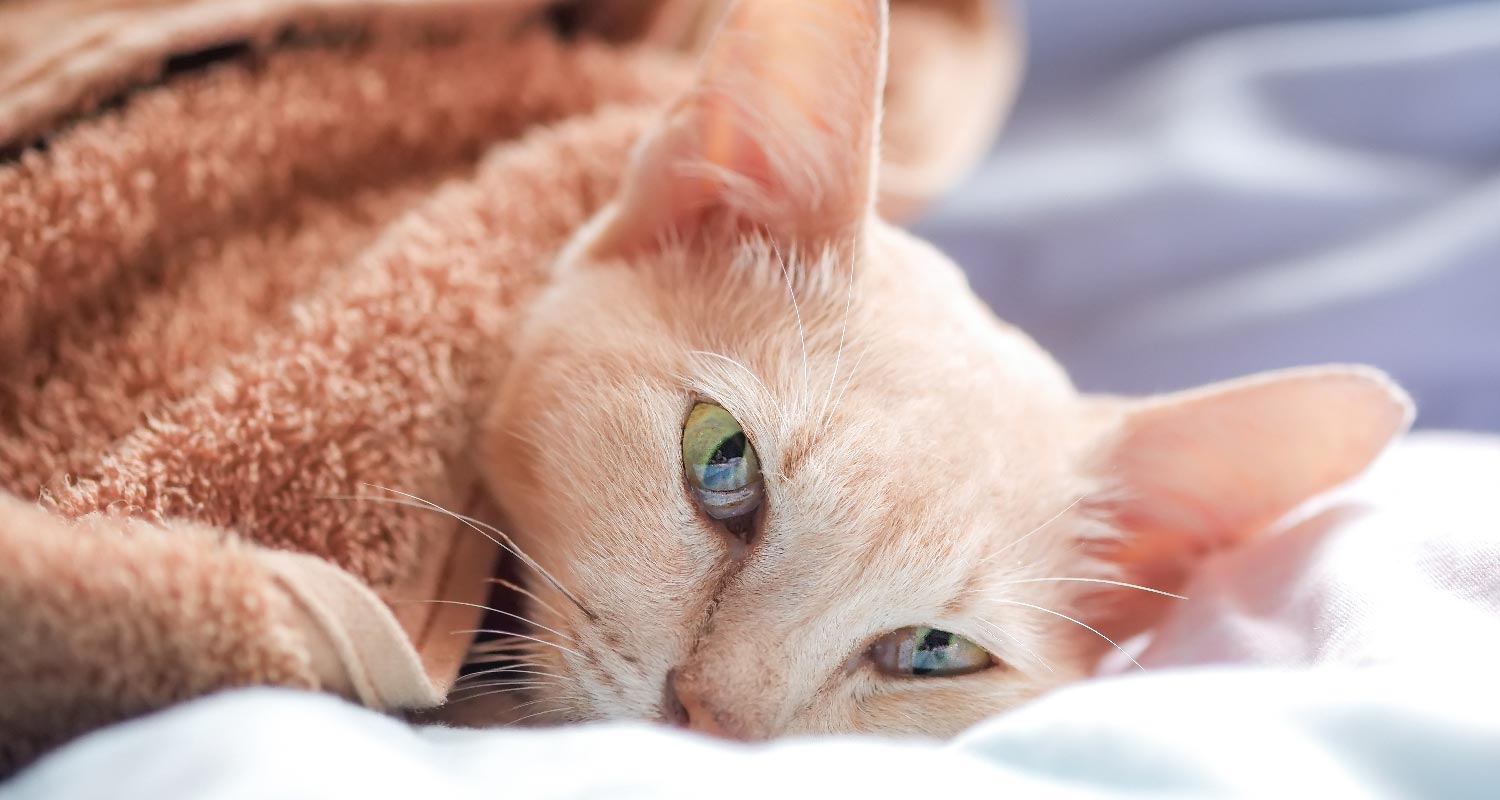
The following tumours and cancers are rare in cats.
BRAIN TUMOURS
Some brain tumours start in the brain. They’re called primary tumours and are very rare. Secondary tumours on the other hand develop as a result of a different cancer that has spread to the brain. Brain tumour symptoms may include:
- Seizures
- Head pressing
- Bumping into things
- Abnormal behaviour
- Meowing more; purring less
- Vision problems that affect movement
- Oversensitivity to pain or contact in the neck area
LIVER TUMOURS
Some liver tumours start in the liver, but it’s rare. Like brain tumours, liver tumours are more likely to develop due to a different cancer that has spread. Hepatocellular carcinoma is a rare but malignant tumour that affects liver tissue.
Symptoms in an advanced stage can include:
- Lethargy
- Anorexia
- Vomiting
- Diarrhoea
- Weakness
- Weight loss
- Excessive thirst
- Abdominal haemorrhage
LUNG TUMOURS
Primary lung tumours (tumours that start in the lungs) are very rare. Secondary lung cancer from tumours that metastasise (spread) are more common. Symptoms can vary greatly and may manifest in different ways.
- Fever
- Lethargy
- Vomiting
- Insomnia
- Weakness
- Loss of appetite
- Excessive hiding
- Excessive coughing
- Excessive meowing
- Laboured or rapid breathing
- Coughing up blood
- Sudden lameness
MAMMARY TUMOURS
Mammary tumours are very rare in male cats and only occasionally seen in spayed females.
Unfortunately they are very common in intact females.
NASAL TUMOURS
Unlike many brain and lung tumours, nasal tumours tend to originate in the nose and are often difficult to detect. While uncommon, nasal tumours are known to be really aggressive. Types include lymphoma (a cancer of the lymphatic system) as well as carcinoma and squamous cell carcinoma (skin cancers).
Signs and symptoms:
- Bloody nose
- Loud snoring
- Nasal discharge
- Excessive sneezing
- Rubbing or pawing at face
- Swollen or asymmetrical face
- Facial deformity
- Bulging eyes
- Seizures
Related Articles
